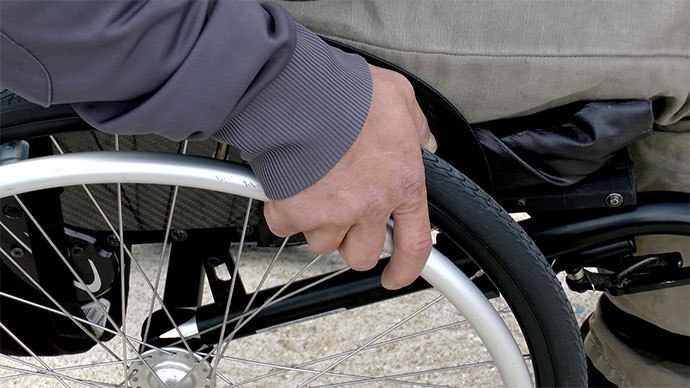The Spinal Cord is the link between the brain and the rest of the body, and body functions may affect day to day bodily functions. The main function of the spinal cord is to transmit neural signals between the brain and the body. Spinal Cord Injuries can be caused by accidents, trauma or disease.
Spinal Cord Injuries have persisted since time immemorial. People fear them. Until the 1990s, the mortality rate for people who had Spinal Cord Injuries was quite high. The advent of modern medicine has reduced this rate, however, a breakthrough treatment to completely cure Spinal Cord Injuries has not been forthcoming. Patients with Spinal Cord Injury (SCI) experience various sequelae, such as motor paresis and spasticity, sensory disturbances, bowel and rectal dysfunction. Patients are not only paralysed, but suffer psychological trauma.
New Stem Cell Research
Faced with the above challenge a team of scientists based at the University of California, San Francisco, launched an experiment to test the effect of administering therapeutic interneuron precursors following Spinal Cord Injuries in a rodent.
Using established protocols, Human Embryonic Stem Cells were harvested successfully. Differentiation was confirmed at 2 to 3 weeks and 5 to 6 weeks by standard genetic and immunohistochemical markers. Following 6 to 8 weeks of differentiation, cells were isolated for transplantation.
Doses of transplantations were introduced to uninjured mice in order to identify any change in function due to the transplantation itself.
Following transplantation, mice were repeatedly assessed over a 6-month period for changes in weight and both gross and fine motor function; no deficits were observed, and there was no difference between transplanted and vehicle – treated animals.
These stem cells were also introduced to injured animals. After a series of tests, it was observed that over time the traces of injuries on the injured mice had all but disappeared. Other tests conducted showed that the bladder functions in the injured mice had also improved significantly.
This study has demonstrated the capacity of human-derived stem cells to survive, differentiate, and integrate into the injured cord of a preclinical model animal.
The successful translation of these findings to human subjects may improve the quality of life of chronic Spinal Cord Injury patients.
Additional research is needed before the procedure can be tested on humans, but the researchers have already taken the first step by using human-derived stem cells rather than mouse stem cells in their animal models.
With half of all human Spinal Cord Injuries leading to chronic paralysis, this research gives new hope to those people who are affected. It is difficult to say at the moment what the results of these research portends, but it is a very promising new path towards treatment and recovery from Spinal Cord Injuries.
H/T: NeurosurgeryCNS




 English
English